Astrophotography in December 2024: what to shoot in the night sky this coming month
Everything you need to know about what’s happening in the night sky this month
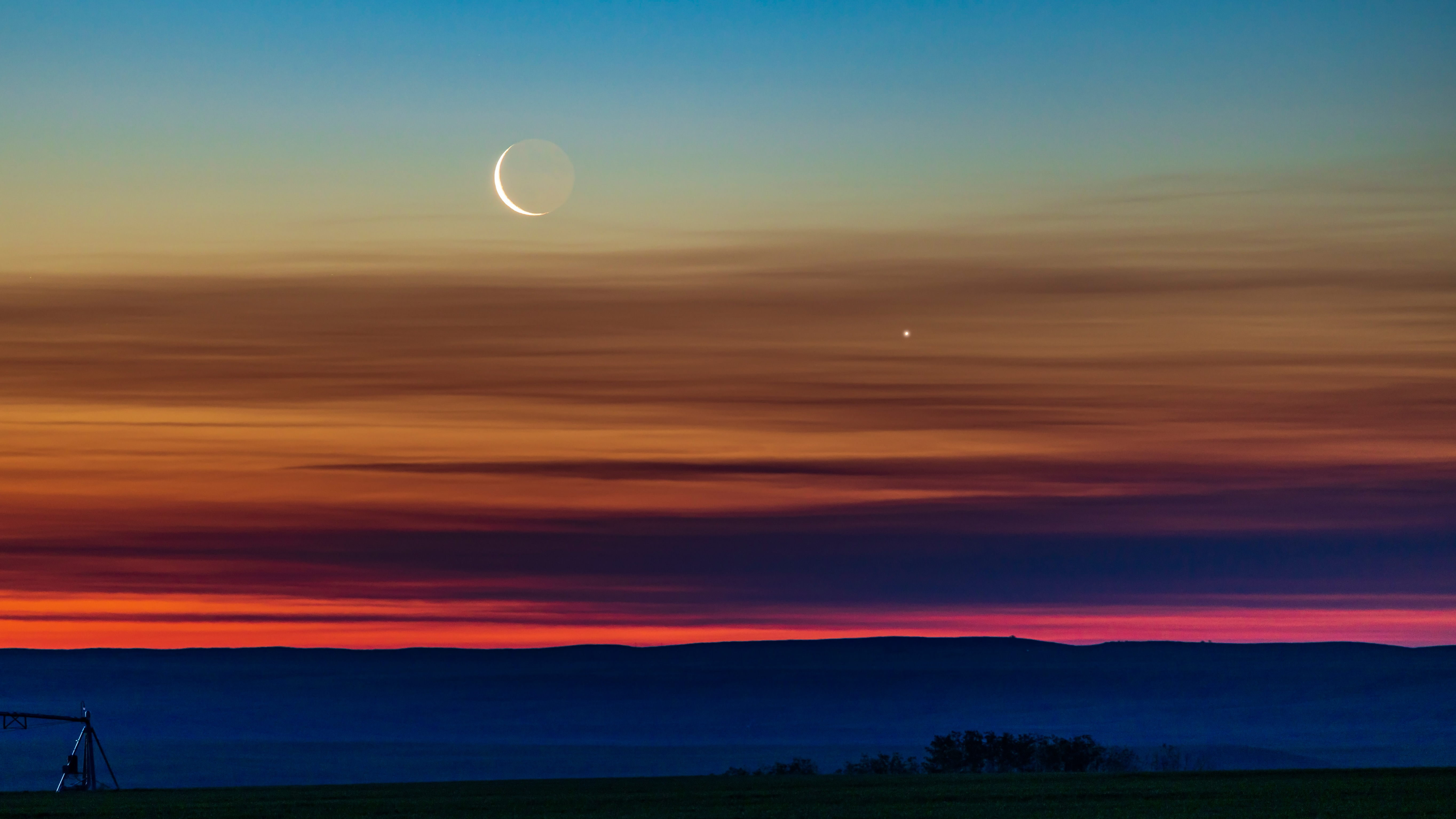
With the moon sliding past a brilliant Venus — now crazy-bright after sunset — and Jupiter reaching its brightest and best of the year, November is sure to be a great month for astrophotography. The nights are getting longer, peaking on 22 December with the solstice — the longest night of the year in the Northern Hemisphere — while there’s a good chance of a display of the Northern Lights, or aurora borealis because the sun is now confirmed to be in its “solar maximum” period.
Here’s everything you need to know about astrophotography in December 2024:
Wednesday, 4 December: A crescent moon and Venus
It’s probably the most beautiful regular sight in landscape astrophotography, but too many underestimate the beauty of a delicate crescent moon close to the brightest planet in the night sky. Now closing in on becoming its very brightest in January 2025, Venus is now shining at magnitude -4.2. Today, after sunset, it will be visited by a crescent moon, the latter with just over a tenth of its surface lit by the sun. Expect “Earthshine” on the moon’s dark limb — sunlight reflected by Earth — which you can capture using a wide-angle lens.
Read: When to photograph the moon.
Saturday, 7 December: Jupiter at opposition
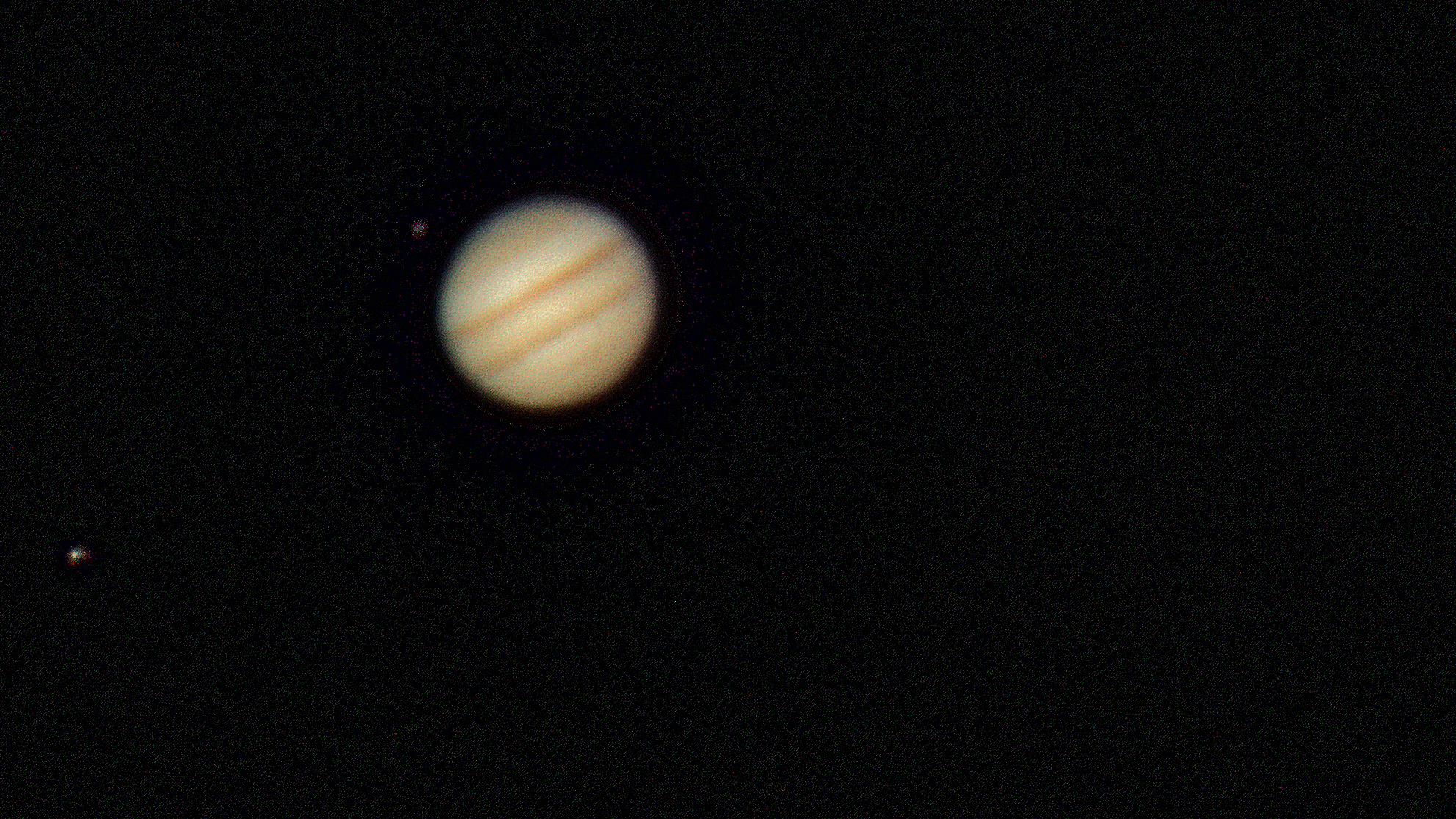
Jupiter at opposition is a spectacular event. With the giant planet closest to Earth, it’s as big and bright as it gets and, as a bonus, rises at sunset and sets at sunrise. However, it’s best to wait until midnight, when it’s highest in the sky, before taking close-up images. That way you can image through as little of Earth’s atmosphere as possible. The best way to capture Jupiter is to use a small telescope, capturing images in three ways (with increasing quality): using a smartphone against the eyepiece (the afocal method), attaching a camera to the telescope, or using a high frame rate planetary camera to rapidly take lots of still shots to stack later in software like RegiStax, Siril and Planetary System Stacker. You’ll pick up the planet’s cloud belts, maybe its swirling storm (the Great Red Spot), but certainly some its four Galilean moons — Io, Europa, Ganymede, and Callisto.
Read: The best cameras for astrophotography.
Friday, 13 December: Geminid meteor shower peak
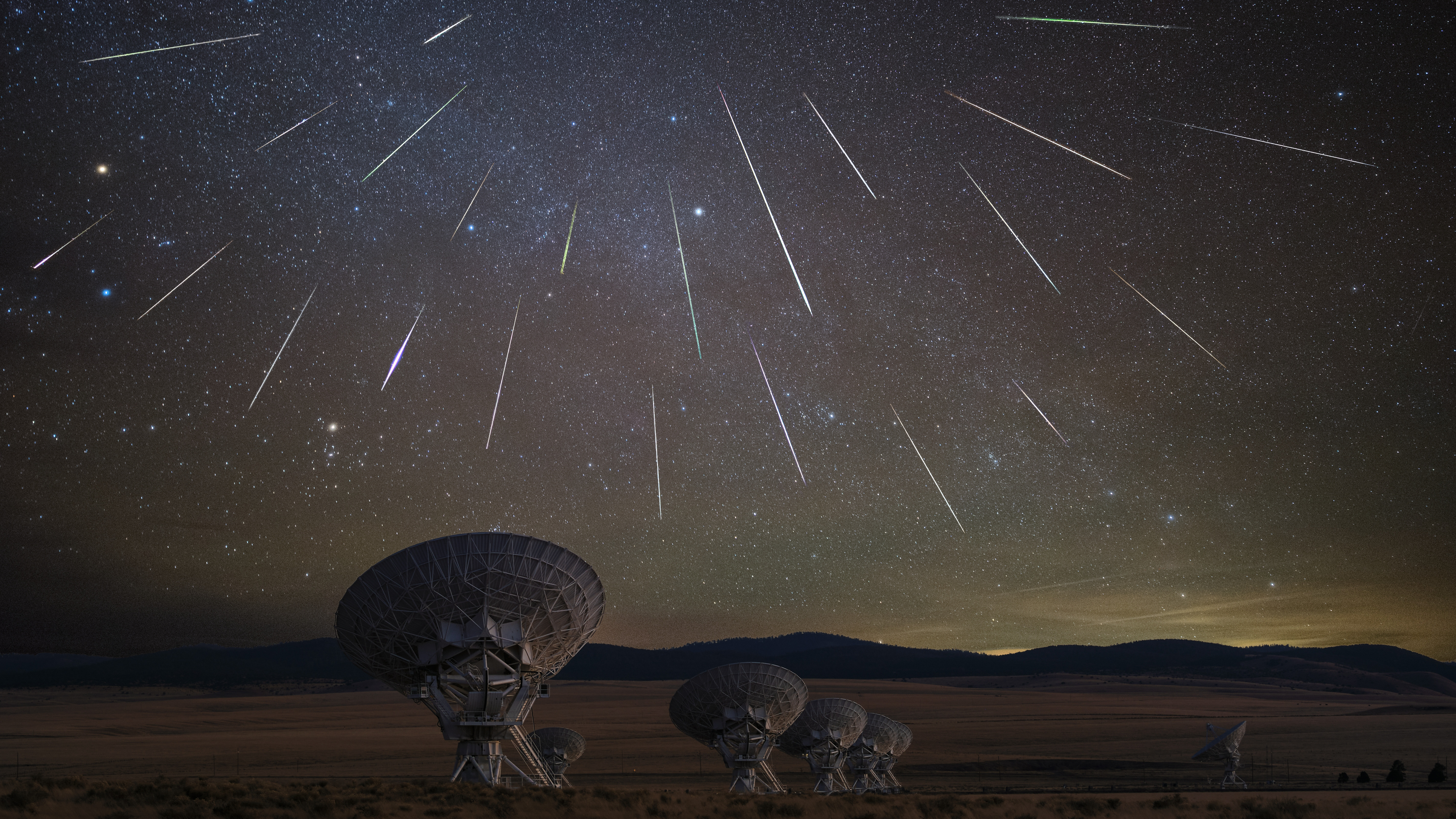
It’s technically the finest and most interesting meteor shower of the year, but this year, your camera will have to work hard for the peak of the Geminids. Does its estimated maximum rate of 120 meteors per hour sound attractive? What about its white, yellow, green, red and blue “shooting stars,” caused by metals left in the inner solar system by asteroid 3200 Phaethon? It’s potentially a very special imaging opportunity, but this year, a near-full moon will be present in the sky throughout the peak night. So, while it’s not worth hiking to a dark sky destination to get a great shot, it’s definitely worth setting up a wide-angle lens in your backyard to catch a few bright and colorful meteors. Use your camera’s built-in intervalometer to have the camera take a never-ending series of 30-second-long exposures, then nip inside for a warm cocoa, returning a few hours later.
Get the Digital Camera World Newsletter
The best camera deals, reviews, product advice, and unmissable photography news, direct to your inbox!
Read: How to photograph a meteor shower.
Sunday, 15 December: ‘Cold Moon’ rises
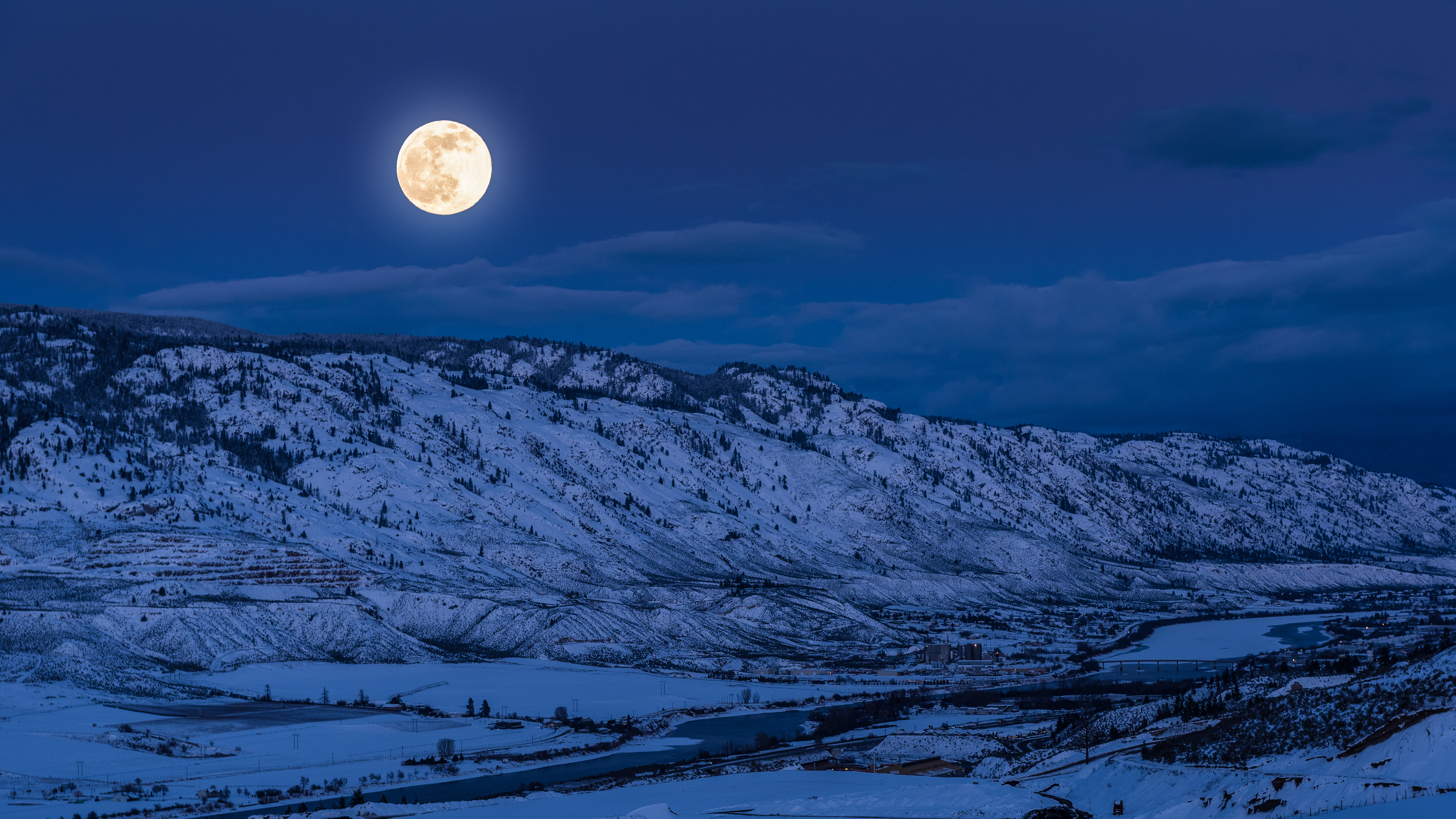
Note the exact time of moonrise where you are tonight, and be on time at a location that gives you a clear view low to the eastern horizon. A telephoto lens with a 70-300mm focal range will be handy, though a bridge camera on a sturdy tripod can also get some terrific images of the full moon as it appears on the eastern horizon. Find a wintry scene and try to include some of it in the shot.
Read: How to photograph the full moon.
Friday, 20 December: Regulus and the Moon
If you can persuade yourself to rise before dawn, there’s a prize waiting for you in the southwestern night sky. Rising in the southeast at midnight and moving across the sky all night, a bright, waning gibbous moon will shine close to Regulus, the brightest star in the constellation Leo.
Read: The best star tracker camera mounts.
Saturday, 21 December: Winter solstice
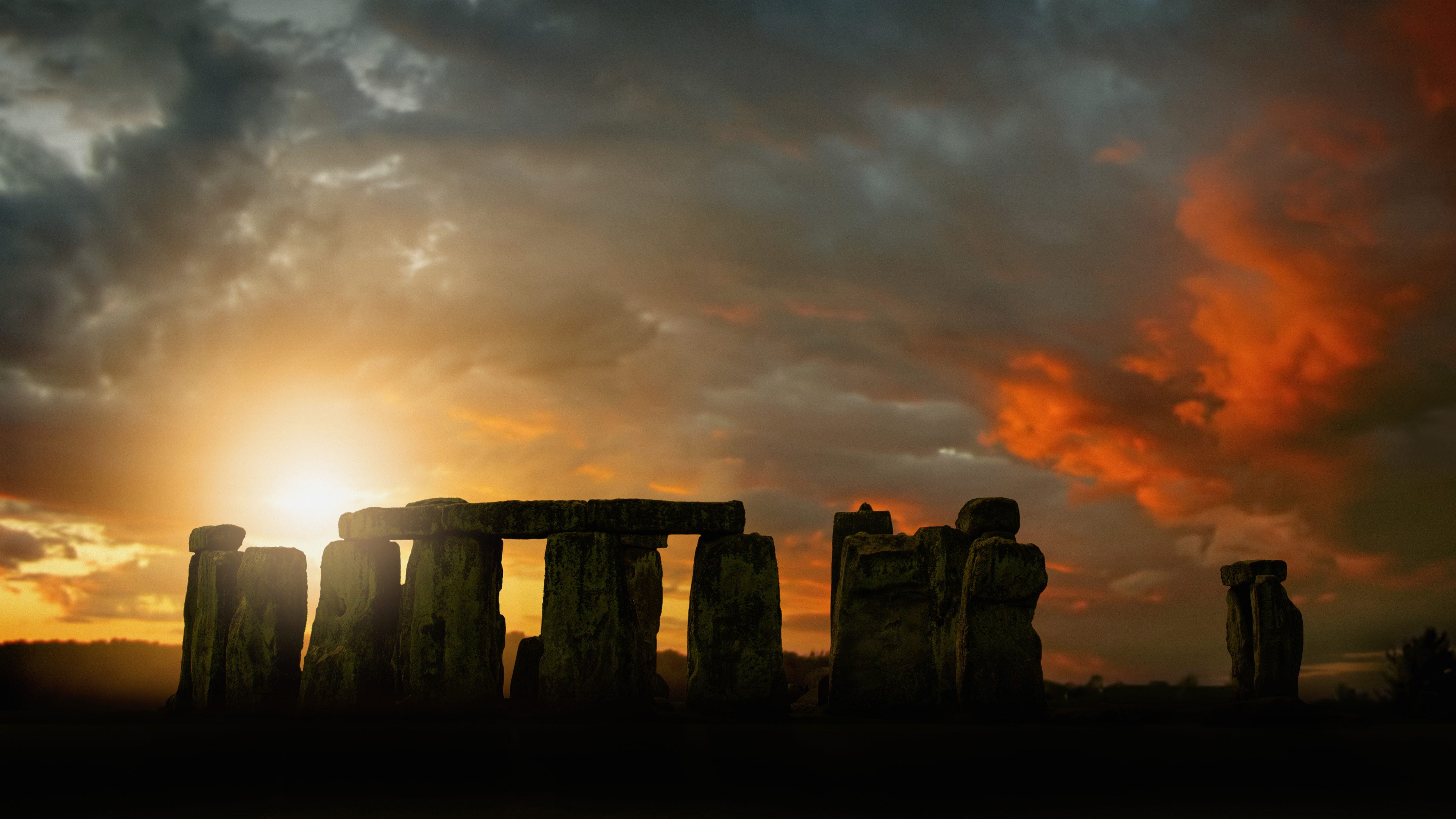
At 9:17 UTC today, it’s the solstice, when the sun rises at its farthest southeast, as seen from the Northern Hemisphere. It signals the first day of winter north of the equator, and the sun will not rise from the Arctic Circle. The cliche image for the solstice is of a sunburst sunrise, preferably at Stonehenge in England, which you can replicate by setting your camera’s aperture to around f/16 and experimenting with shutter speed. Too cliche? Today also sees the sun at most southerly, so lowest, point in the sky, which is something you can image from anywhere by accentuating how low it looks in your composition.
Read: The best lenses for astrophotography.
Sunday, 22 December: Monthly dark sky window opens
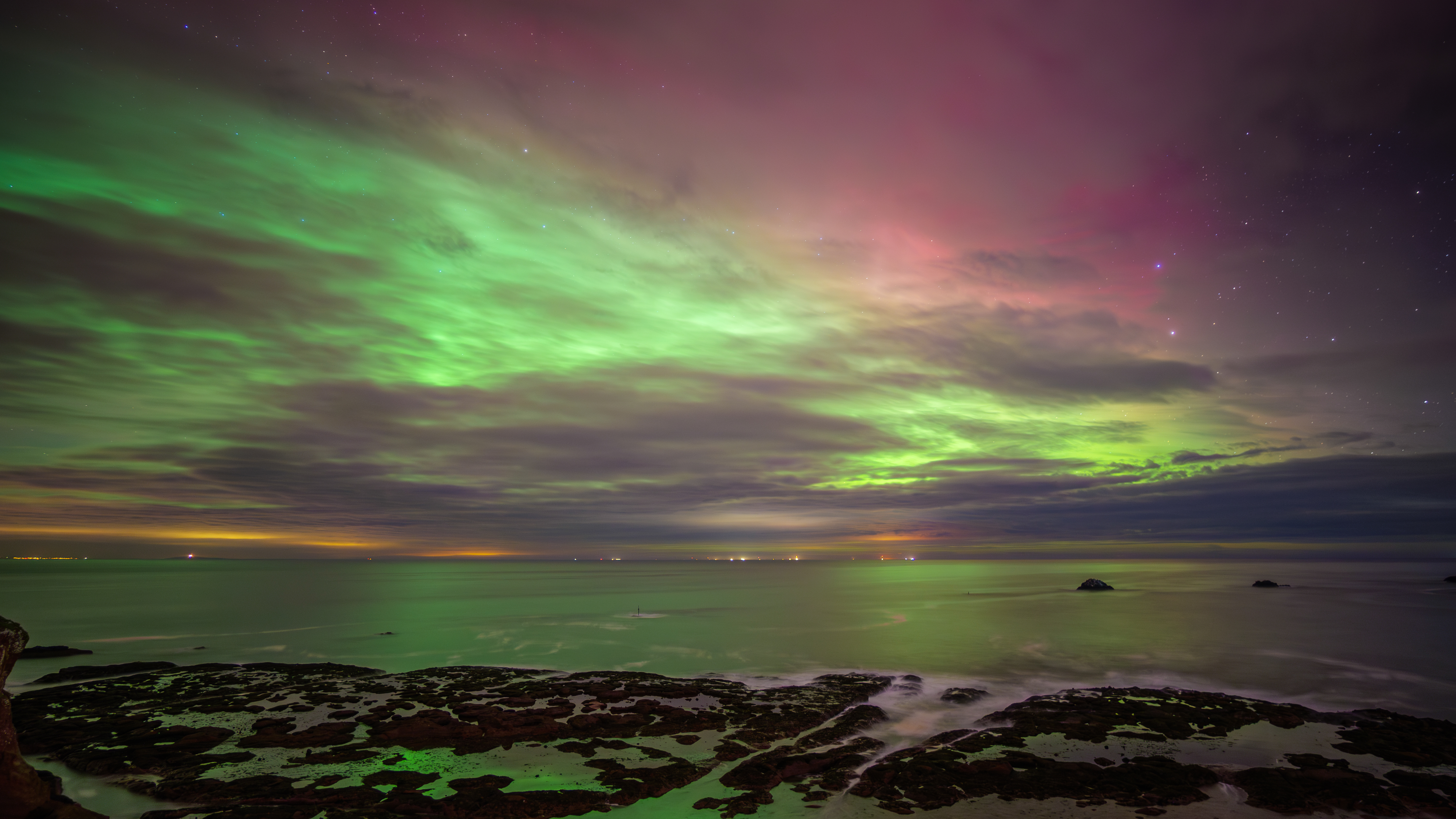
Tonight sees the moon reach its third or last quarter phase, which sees it half-illuminated, but more importantly for astrophotographers, it rises after midnight. Since it rises about 50 minutes later each night, the Last Quarter Moon means the next 10 nights will be moonless and dark, so it is perfect for astrophotography. With the sun at its “solar maximum” phase, keep an eye on the media for Northern Lights forecasts — winter 2024-2024 could be one of the best for many decades.
Read: Astrophotography: How-to guides, tips and videos.
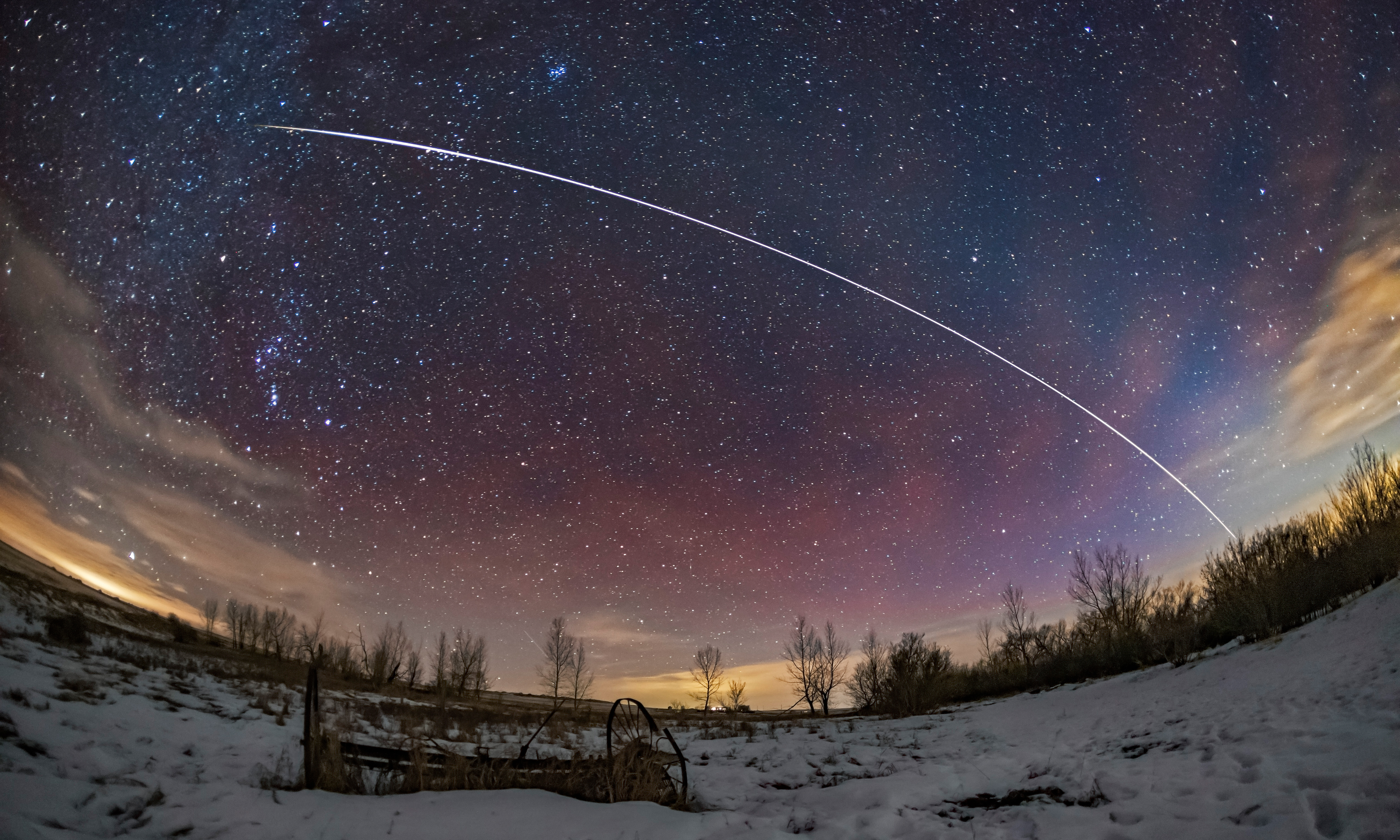
You can see the ISS — about to enter its 25th year — from anywhere on Earth. NASA makes the precise times for any location on its Spot The Station service, but there’s a special reason to check it this month because it’s become a tradition to pretend it’s Santa’s Sleigh either heading out to work on Christmas Eve or flying back to the North Pole on Christmas Day.
To photograph it, you need to get the timing correct for your location and have it in place ready to take a long exposure image. Using a DSLR or compact camera with a wide-angle lens on a tripod, point it to the southwest, where the ISS rises. It will cross from southwest to east in about five minutes, with the most easily visible passes in the hour before sunrise or after sunset.
How to photograph the International Space Station
The easiest way to image it is to take a series of 30-second images of a pass of the ISS, though you’ll likely only get it in your field of view for a few frames. Count on ISO 800 and f2.8, though the exact settings depend entirely on light levels. Be in place at least 10 minutes before the pass to take test shots.
Read more:

Jamie has been writing about photography, astronomy, astro-tourism and astrophotography for over 15 years, producing content for Forbes, Space.com, Live Science, Techradar, T3, BBC Wildlife, Science Focus, Sky & Telescope, BBC Sky At Night, South China Morning Post, The Guardian, The Telegraph and Travel+Leisure.
As the editor for When Is The Next Eclipse, he has a wealth of experience, expertise and enthusiasm for astrophotography, from capturing the moon and meteor showers to solar and lunar eclipses.
He also brings a great deal of knowledge on action cameras, 360 cameras, AI cameras, camera backpacks, telescopes, gimbals, tripods and all manner of photography equipment.
